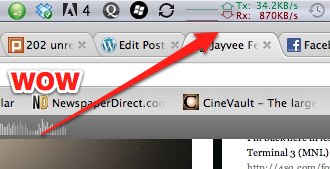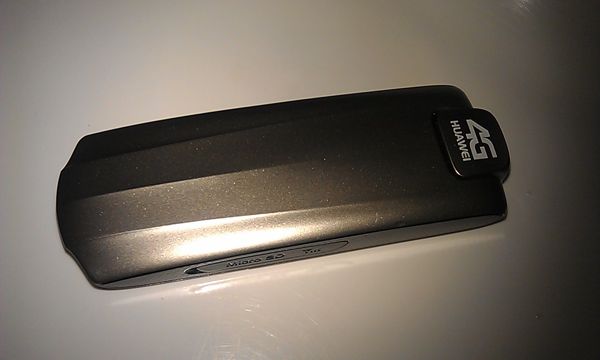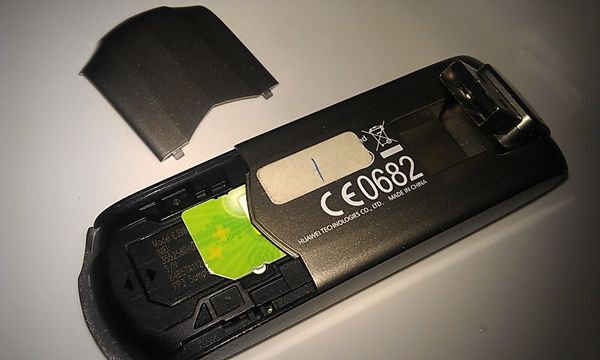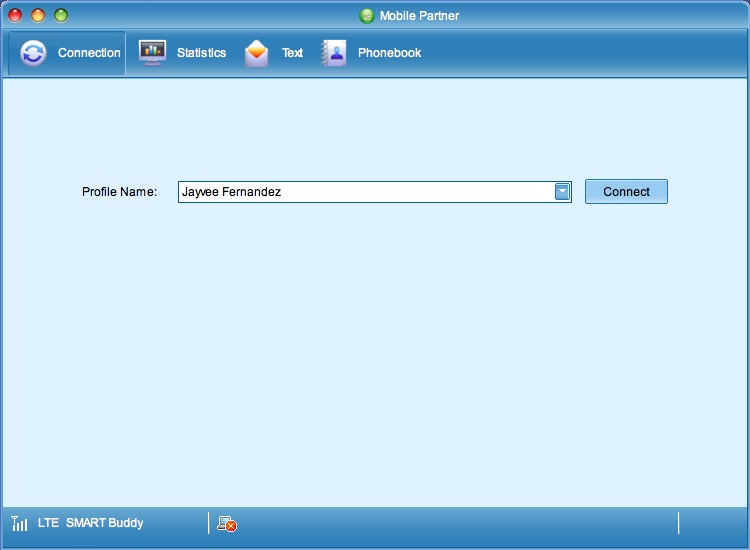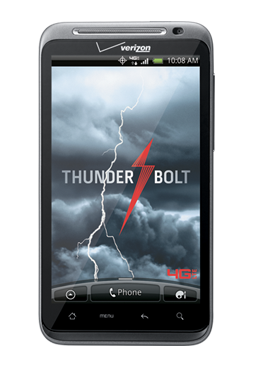N.B. If you’re knowledgeable about this subject, please leave a comment to refute or add to this post as we’re all trying to understand what makes good or crappy Internet.
One of the biggest confusions of consumers when purchasing Internet plan subscriptions is that they think Mbps means megabytes per second when in fact it means “megabits per second” and there’s a huge difference. It’s partly the telcos’ fault as they aren’t very gung-ho about these educational campaigns for consumers. I think they should start helping consumers understand what exactly “2Mbps” means in the real world application. Also they should start including a value called CIR or Committed Information Rate or the average bandwidth per x number of households in a given area. Now that’s useful!
Here’s a tool to help you calculate ideally how many kbps you should be getting with your Internet provider commitment.
http://www.easycalculation.com/bandwidth-calculator.php
In other words, if your telco is selling you a 2Mbps connection, your ideal burst speed (say you’re downloading a torrent) should peak at around 250KBps (that’s kilobytes per second not kilobits per second — remember that kbps is kilobits and KBps or KB/s is kilobytes). But that’s the best speeds. I don’t think it takes into account CIR. So if I’m using my Android phone on HSPA to tether Internet to my laptop and I’m getting 60-120KBps (which I got in Palawan since I’m probably not exceeding the CIR, but not in Manila which is definitely more dense), then it really could mean that my telco is delivering actual average speeds. Please, telcos, I think we should level up the way we communicate our Internet-related products as we move on to 4G technology! 🙂
